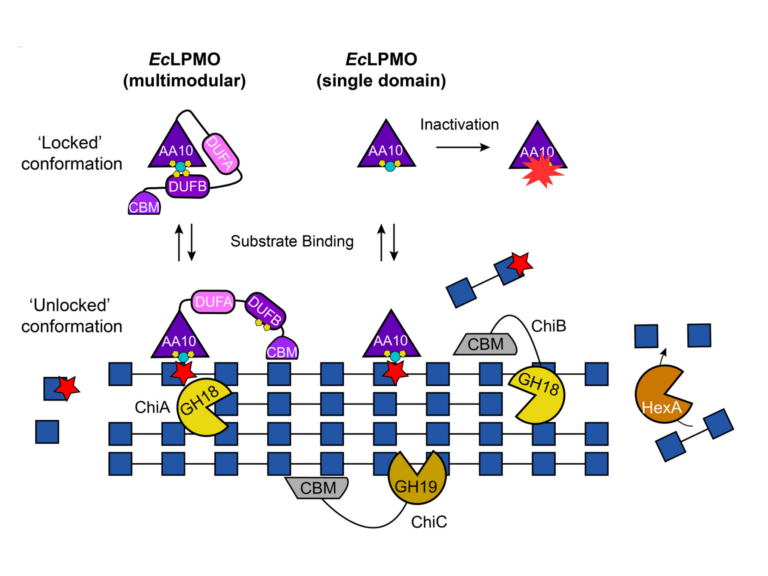Effector-triggered susceptibility by the rice blast fungus Magnaporthe oryzae
Rice blast, the most destructive disease of cultivated rice world-wide, is caused by the filamentous fungus Magnaporthe oryzae. To cause disease in plants, M. oryzae secretes a diverse range of effector proteins to suppress plant defense responses, modulate cellular processes, and support pathogen growth. Some effectors can be secreted by appressoria even before host penetration, while others accumulate in the apoplast, or enter living plant cells where they target specific plant subcellular compartments. During plant infection, the blast fungus induces the formation of a specialized plant structure known as the biotrophic interfacial complex (BIC), which appears to be crucial for effector delivery into plant cells. Here, we review recent advances in the cell biology of M. oryzae-host interactions and show how new breakthroughs in disease control have stemmed from an increased understanding of effector proteins of M. oryzae are deployed and delivered into plant cells to enable pathogen invasion and host susceptibility.


